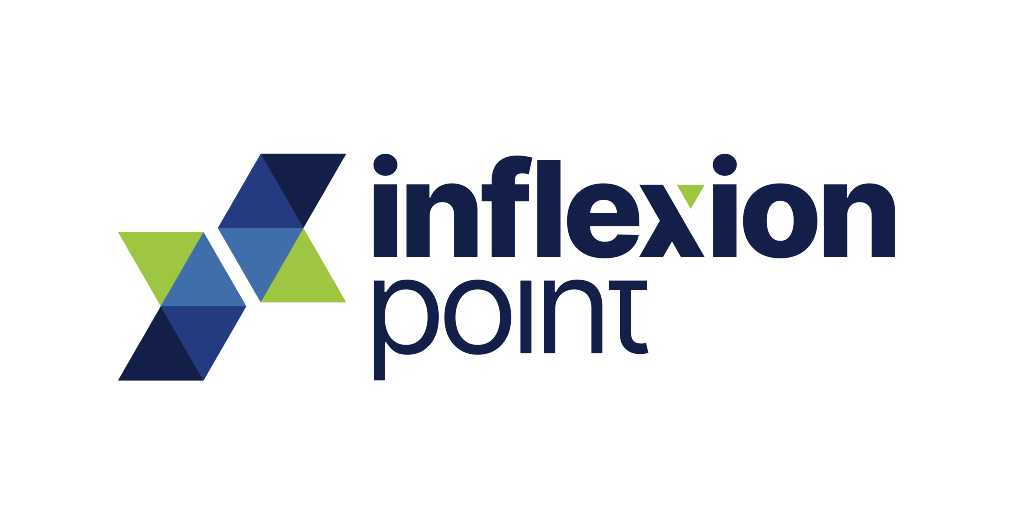In the realms of business, science, technology, and even personal development, the term inflexion point (often spelled “inflection point”) plays a crucial role. Although it may sound technical, the concept is surprisingly intuitive and incredibly important for understanding moments of significant change or transformation. But what exactly is an inflexion point, why does it matter, and how can it be identified and utilized effectively?
An inflexion point refers to a moment in a process or trend where the direction, growth, or behavior changes dramatically. It is the point at which something pivots from one state to another—whether that be from growth to decline, stagnation to expansion, or vice versa.
In mathematics, specifically calculus, an inflection point is where a curve changes its curvature, switching from concave up to concave down or the other way around. Translated to real-world applications, this concept helps us identify when the trajectory of a system, business, or even an individual’s progress shifts significantly.
Recognizing an inflexion point can provide strategic advantages. In business, for example, an inflection point might signal a market disruption—when new technology or changing consumer behavior transforms an industry. Companies that spot these shifts early can adapt and capitalize on new opportunities, while those that don’t may struggle or become obsolete.
Similarly, in personal development, the inflexion point could represent the moment when persistent effort leads to breakthrough results. It’s the tipping point where small, incremental changes accumulate enough to create substantial improvement.
Spotting an inflexion point is not always straightforward, but several indicators can help:
- Change in Growth Rate: When a company’s sales or a market’s expansion suddenly accelerates or slows down, this may signal an inflexion point.
- Behavioral Shifts: In consumer trends, a noticeable change in preferences or habits often marks a new phase.
- Technological Breakthroughs: The introduction of disruptive technologies frequently creates inflexion points within industries.
- Data Patterns: Graphs and data analytics can reveal curvature changes indicating an inflexion point.
Decision-makers, analysts, and strategists use a combination of market research, trend analysis, and intuition to identify these pivotal moments.
- Business and Technology:
The advent of smartphones was an inflexion point in the telecommunications and computing industries. Companies that adapted to this change thrived, while others fell behind. - Economics:
Economic recessions or recoveries often mark inflexion points, where growth trends reverse, affecting global markets. - Climate Science:
Scientists study inflexion points to understand when environmental changes might shift from gradual to rapid, indicating critical thresholds in climate change. - Personal Growth:
For individuals, an inflexion point might be the moment consistent effort in learning or fitness suddenly results in visible progress.
Understanding inflexion points empowers individuals and organizations to make proactive decisions:
- Anticipate Change: By analyzing trends carefully, it’s possible to anticipate when a major shift might occur, allowing for early adaptation.
- Innovate Strategically: Recognizing inflexion points encourages innovation, pushing businesses or individuals to evolve rather than react passively.
- Allocate Resources Wisely: Knowing where the inflexion point lies helps prioritize investments and efforts for maximum impact.
- Manage Risk: Being aware of inflexion points can help mitigate risks by preparing contingency plans for sudden changes.
Despite their importance, inflexion points can be challenging to identify and predict accurately. They may be obscured by noise in data or delayed signals. Additionally, mistaking normal fluctuations for inflexion points can lead to misguided decisions.
Thus, it is crucial to combine quantitative analysis with qualitative insights and remain flexible in strategy.
The concept of the inflexion point is a powerful tool for understanding moments of transformation across many fields. Whether in business, science, economics, or personal development, recognizing these pivotal junctures can enable smarter decisions, innovation, and growth.
By learning to detect and respond to inflexion points, individuals and organizations position themselves not just to survive change, but to thrive in the face of it. In an ever-evolving world, mastering the inflexion point can be the key to sustained success and progress.
